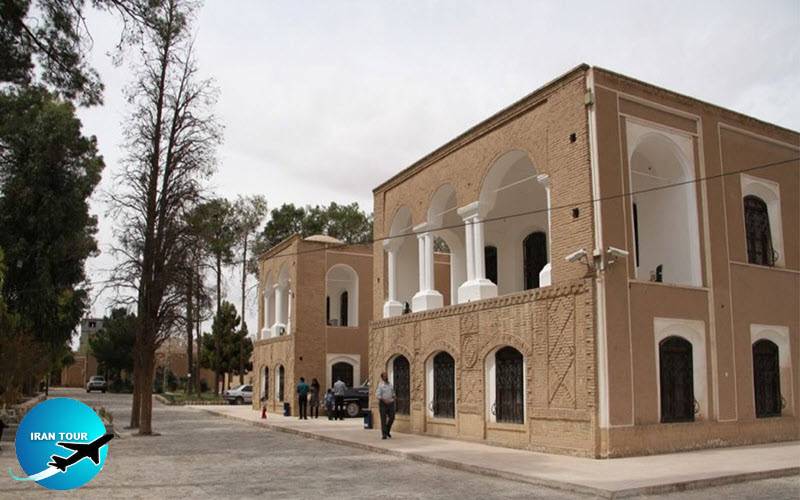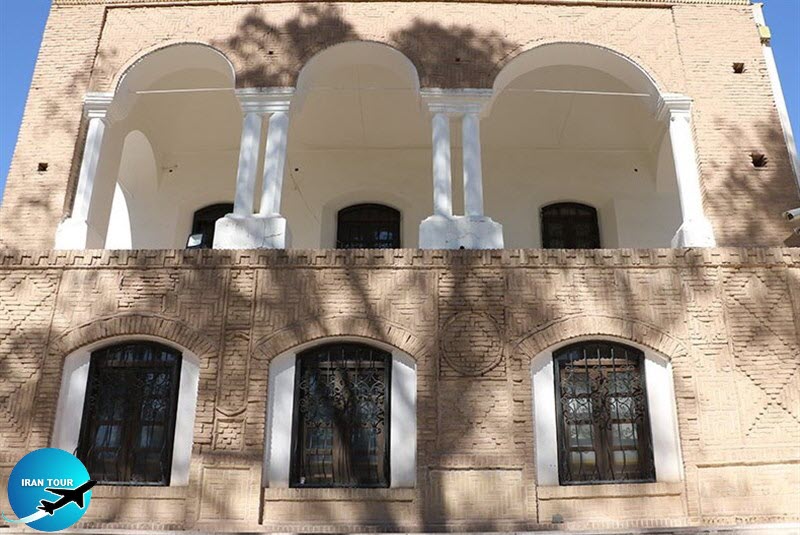Copyright 2020 - 2021 irantour.tours all right reserved
Designed by Behsazanhost
Harandi Garden
Harandi Garden
This is a historic complex including, a beautiful garden, and two large museums. A museum of traditional musical instruments and an archeology museum. It might be interesting to know that Reza Shah stayed at this complex for a few days before his exile from Iran. Harandi garden and the buildings are some of the interesting monuments of the recent period erected by Adlolsoltan, this garden has historical importance, because of Reza Khan's historical stay at his final way banishment. Today it is in use for archaeology and Iranian traditional musical instrument museums. This garden has about 100 years of antiquity. This garden has had many ups and downs in its historical period, once it was a residence for the first exiled king of Pahlavi, and once it was the residence of the governor of Kerman. Now, this garden has changed to the Music and Anthropology Museum. This museum offers different objects on 2 floors.
 |
This garden has all the features of an Iranian garden. The different parts of the garden are, the outside, terrace, bathroom, kitchen, rooms for servants, Gavgrd (Gavchah), dock and waterfront, stalls, and fruit trees. In recent years, different parts of the garden have been transformed and their use has changed. But the structure of the main building has been kept and is transformed into a museum.
 |
Persian Gardens
The Iranian garden indicates a close relationship between cultural and natural beds and is a sign of adjustment and alignment of human needs and nature. Iranian historic gardens are among the important traces left from the past, involving all the senses due to multiple environmental values, productivity, and aesthetics. As a national heritage and a precious document of cultural and historical identity, it must be continuously studied, protected, and maintained. The simplest and most common geometric shape of the Iranian garden, like the gardens of the Qajar era, has an axis in the center parallel to the longitudinal sides, and usually, on both sides of this axis, shady trees have been planted. The geometric shape of these gardens is often quadrilateral and they were designed in symmetry towards the central axis. During the Qajar period, several gardens were built in Kerman, among which is the Kerman Harandi Garden and some studies have been carried out by the Cultural Heritage Organization for the national registration and recovery of this garden.
- Details
- Category: Kerman HISTORICAL SITES